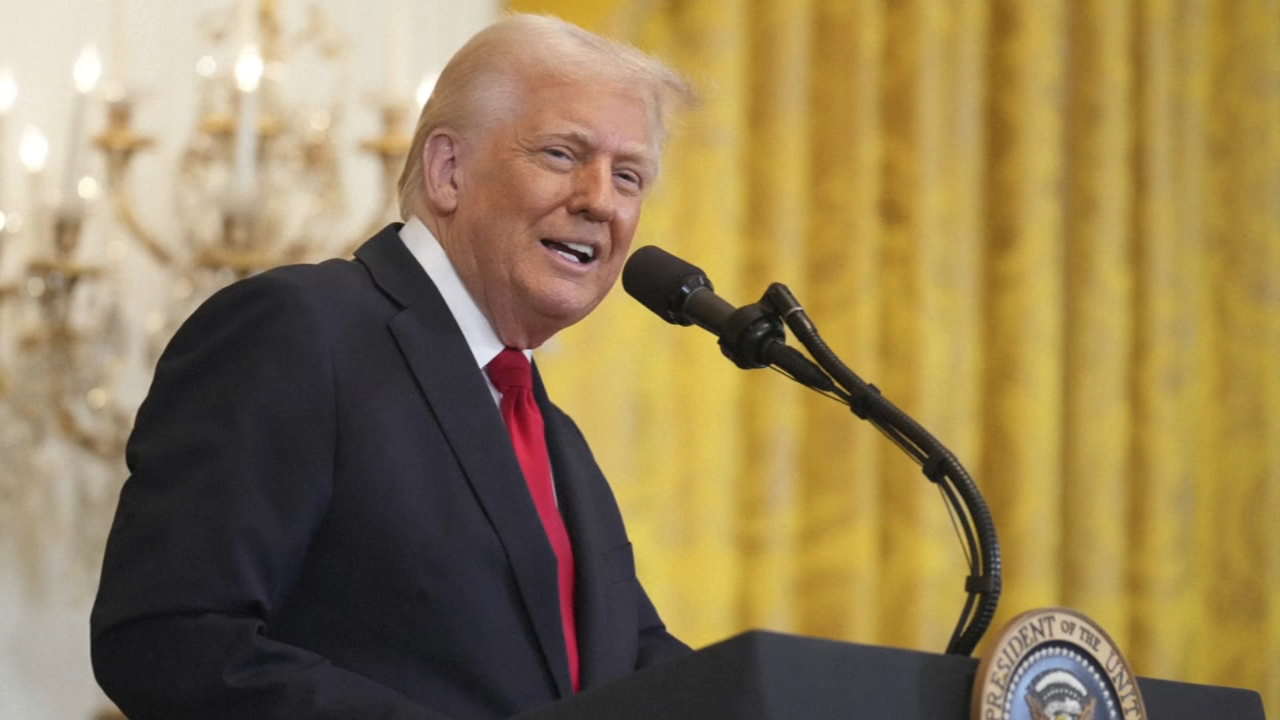Impact of Trump’s ‘Liberation Day’ Tariff
The global trade landscape has dramatically shifted following the announcement of extensive tariffs by US President Donald Trump in April 2025. This new economic strategy aims to protect American industries and combat trade deficits. The immediate effects were felt in global markets, leading to fluctuations in stock prices and commodity values. Economists warn that these tariffs could trigger a global recession, particularly impacting the world’s poorest economies.
Tariff Announcements
President Trump declared a series of tariffs, starting with a minimum of 10% on imports from all countries. Specific countries faced even higher tariffs, with China being the most affected at 54%. Others who are most affected include Vietnam (46%), Thailand (36%), and Indonesia (32%). Other nations like Canada and members of the European Union are preparing countermeasures. The tariffs target various sectors, including automobiles and industrial products.
Impact on India
- Despite new tariffs, India’s exports of seafood and rice to the US are likely to stay strong. Competitor countries face higher duties. India may benefit as a preferred exporter where other nations are penalized more.
- No Tariff on Medicines: US has excluded pharmaceuticals from the tariff list. This keeps India’s $8 billion pharma exports safe and supports India-US trade under Mission 500 (goal: $500 billion trade).
- Indian telecom and textile goods face 7–19% lower tariffs than those from China/Vietnam.
- Industrial Tariffs:
- Starting April 5, 2025, all imports will face a 10% base tariff.
- A 25% tariff will apply on industrial goods like steel, aluminium, automobiles.
- Exempted items: pharmaceuticals, semiconductors, energy products (oil, gas, coal, LNG).
- Small-Value & US-Based Items:
- Tariffs apply only on non-US content in goods with over 20% US components.
- Items under $800 (mostly e-commerce) will continue under old tariff rates.
- Most vulnerable sectors are Chemicals, metals, jewellery.
Predicted Losses & Impact:
- Citi Research warns of $7 billion annual loss for India.
- SBI predicts 3–3.5% export loss assuming 15–20% tariffs.
- Goldman Sachs & Fitch: India relatively insulated due to low export dependency.
India’s Global Position:
- India’s exports to the US = 2.2% of GDP, low compared to:
- Vietnam (25.1%)
- Taiwan (6.3%)
- Thailand (5.6%)
- India has less risk exposure than many Asian countries in this trade conflict.
Impact on Vulnerable Economies
The tariffs disproportionately affect poorer nations. Countries like the Democratic Republic of the Congo and Madagascar face tariffs exceeding 40%. These nations contribute minimally to global output but house percentage of the world’s poor. For instance, Madagascar’s economy relies heavily on its exports to the US, which are now threatened by these tariffs.
Global Market Reactions
The announcement caused immediate turmoil in global markets. US stock indices fell sharply, and investors flocked to gold as a safe haven. The uncertainty surrounding the tariffs raised concerns about a potential global recession, with economic analysts predicting repercussions for international trade.
India’s Strategic Response
India faces important challenge in adapting its trade policies in light of the new tariffs. The Indian government is exploring bilateral trade deals to mitigate the impact. It aims to enhance trade relations with the US, focusing on sectors where India holds competitive advantages, such as pharmaceuticals and textiles.
Economic Implications for the US
Trump’s tariffs are designed to boost American manufacturing and reduce the trade deficit. The Trump administration believes that the tariffs will lead to job creation and economic revitalisation in the US. However, critics argue that the tariffs could hurt consumers and lead to higher prices.
Long-term Consequences
The long-term effects of Trump’s tariffs remain uncertain. While some analysts predict that India and other nations may benefit from supply chain shifts, the overall global trade environment is likely to become more volatile. Countries that rely heavily on exports to the US could face economic challenges, while others may seek to diversify their trade partnerships.
Month: Current Affairs - April, 2025
Category: Economy & Banking Current Affairs








